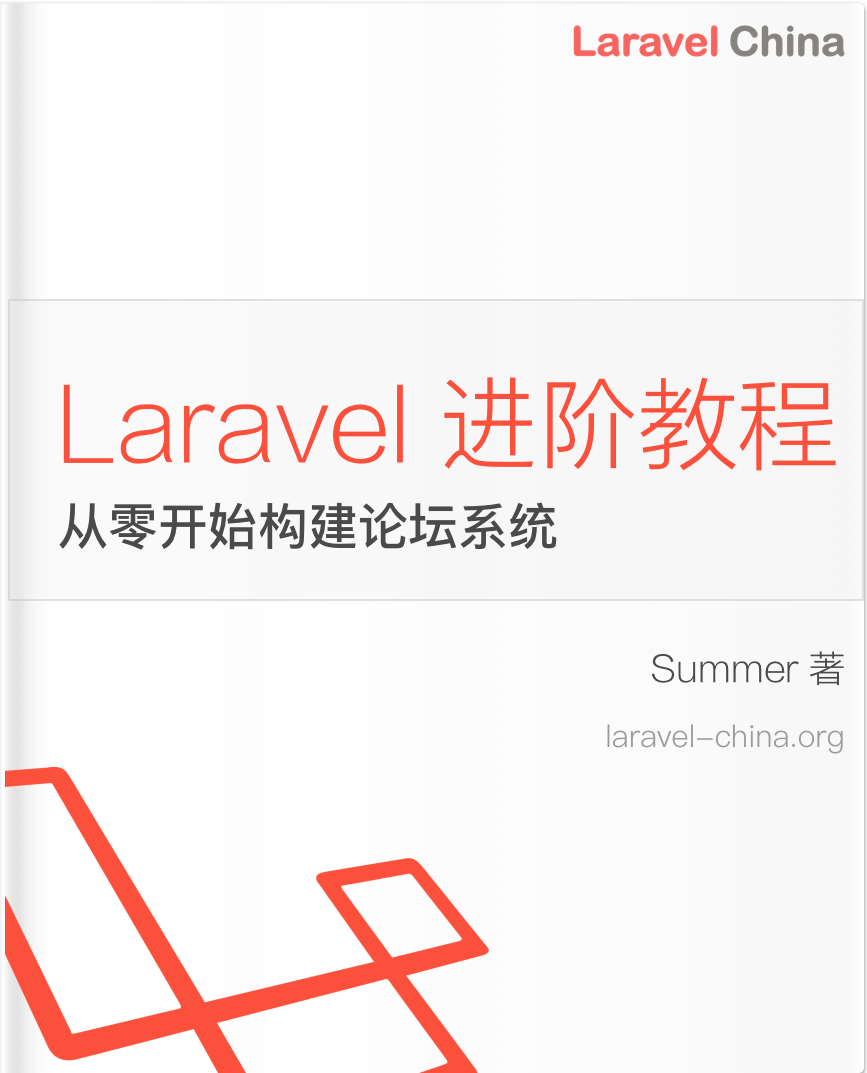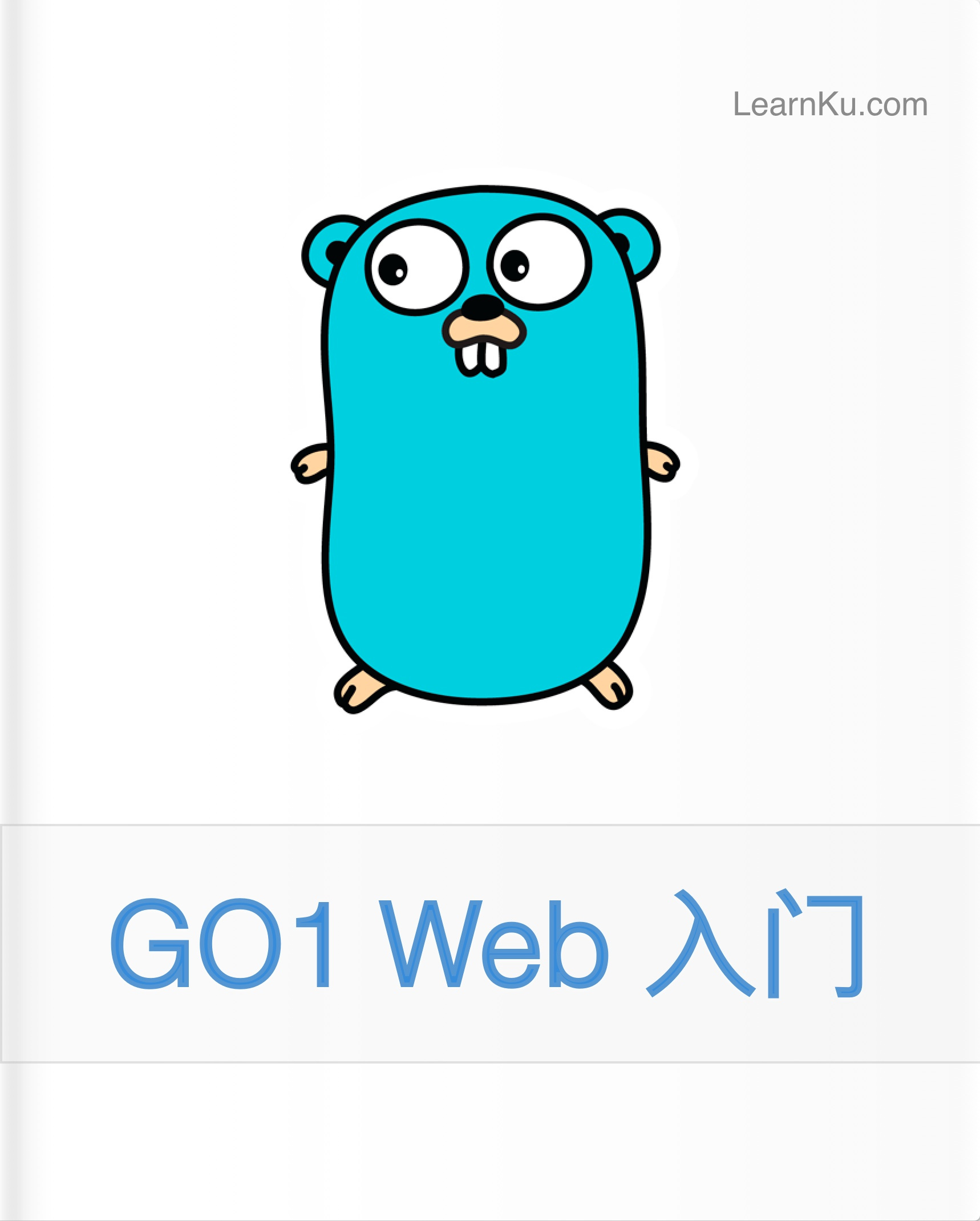Eloquent 集合
Eloquent:集合
介绍
所有返回多个模型结果的 Eloquent 方法都会返回 Illuminate\Database\Eloquent\Collection 类的实例,包括通过 get 方法检索的结果或通过关联访问的结果。
Eloquent 集合对象扩展了 Laravel 的 基础集合,因此它自然继承了数十个用于流畅操作 Eloquent 模型底层数组的方法。
务必查看 Laravel 集合文档,以了解这些有用方法的全部内容!
所有集合也可以作为迭代器使用,允许你像操作普通 PHP 数组一样循环访问它们:
use App\Models\User;
$users = User::where('active', 1)->get();
foreach ($users as $user) {
echo $user->name;
}然而,如前所述,集合比数组更强大,并且提供了各种 map / reduce 操作,可以通过直观的接口进行链式调用。
例如,我们可以移除所有非激活模型,然后收集每个剩余用户的名字:
$names = User::all()->reject(function (User $user) {
return $user->active === false;
})->map(function (User $user) {
return $user->name;
});Eloquent 集合转换
虽然大多数 Eloquent 集合方法会返回新的 Eloquent 集合实例,
但 collapse、flatten、flip、keys、pluck 和 zip 方法会返回 基础集合 实例。
同样地,如果 map 操作返回的集合不包含任何 Eloquent 模型,它将被转换为基础集合实例。
可用方法
所有 Eloquent 集合都扩展了基础 Laravel 集合 对象;
因此,它们继承了基础集合类提供的所有强大方法。
此外,Illuminate\Database\Eloquent\Collection 类提供了方法超集,用于帮助管理你的模型集合。
大多数方法返回 Illuminate\Database\Eloquent\Collection 实例;
然而,一些方法,如 modelKeys,会返回 Illuminate\Support\Collection 实例。
append
contains
diff
except
find
findOrFail
fresh
intersect
load
loadMissing
modelKeys
makeVisible
makeHidden
only
partition
setVisible
setHidden
toQuery
unique
append($attributes)
append 方法可用于指示某个属性应为集合中的每个模型 追加。
此方法接受一个属性数组或单个属性:
$users->append('team');
$users->append(['team', 'is_admin']);contains($key, $operator = null, $value = null)
contains 方法可用于判断集合中是否包含给定的模型实例。
此方法接受一个主键或一个模型实例:
$users->contains(1);
$users->contains(User::find(1));diff($items)
diff 方法返回给定集合中不存在的所有模型:
use App\Models\User;
$users = $users->diff(User::whereIn('id', [1, 2, 3])->get());except($keys)
except 方法返回所有不具有给定主键的模型:
$users = $users->except([1, 2, 3]);find($key)
find 方法返回具有与给定键匹配的主键的模型。
如果 $key 是一个模型实例,find 将尝试返回与该主键匹配的模型。
如果 $key 是一个键数组,find 将返回所有主键在给定数组中的模型:
$users = User::all();
$user = $users->find(1);findOrFail($key)
findOrFail 方法返回具有与给定键匹配的主键的模型,
如果在集合中找不到匹配的模型,则抛出 Illuminate\Database\Eloquent\ModelNotFoundException 异常:
$users = User::all();
$user = $users->findOrFail(1);fresh($with = [])
fresh 方法从数据库中检索集合中每个模型的新实例。
此外,任何指定的关系将被预加载:
$users = $users->fresh();
$users = $users->fresh('comments');intersect($items)
intersect 方法返回在给定集合中也存在的所有模型:
use App\Models\User;
$users = $users->intersect(User::whereIn('id', [1, 2, 3])->get());load($relations)
load 方法对集合中的所有模型预加载给定的关系:
$users->load(['comments', 'posts']);
$users->load('comments.author');
$users->load(['comments', 'posts' => fn ($query) => $query->where('active', 1)]);loadMissing($relations)
loadMissing 方法会为集合中所有模型预加载给定的关系,如果这些关系尚未被加载:
$users->loadMissing(['comments', 'posts']);
$users->loadMissing('comments.author');
$users->loadMissing(['comments', 'posts' => fn ($query) => $query->where('active', 1)]);modelKeys()
modelKeys 方法返回集合中所有模型的主键:
$users->modelKeys();
// [1, 2, 3, 4, 5]makeVisible($attributes)
makeVisible 方法将通常在集合中每个模型上被“隐藏”的属性 设为可见:
$users = $users->makeVisible(['address', 'phone_number']);makeHidden($attributes)
makeHidden 方法将通常在集合中每个模型上被“可见”的属性 隐藏:
$users = $users->makeHidden(['address', 'phone_number']);only($keys)
only 方法返回所有具有给定主键的模型:
$users = $users->only([1, 2, 3]);partition
partition 方法返回一个 Illuminate\Support\Collection 实例,该实例包含 Illuminate\Database\Eloquent\Collection 集合实例:
$partition = $users->partition(fn ($user) => $user->age > 18);
dump($partition::class); // Illuminate\Support\Collection
dump($partition[0]::class); // Illuminate\Database\Eloquent\Collection
dump($partition[1]::class); // Illuminate\Database\Eloquent\CollectionsetVisible($attributes)
setVisible 方法 临时覆盖集合中每个模型的所有可见属性:
$users = $users->setVisible(['id', 'name']);setHidden($attributes)
setHidden 方法 临时覆盖集合中每个模型的所有隐藏属性:
$users = $users->setHidden(['email', 'password', 'remember_token']);toQuery()
toQuery 方法返回一个 Eloquent 查询构建器实例,其中包含集合模型主键的 whereIn 约束:
use App\Models\User;
$users = User::where('status', 'VIP')->get();
$users->toQuery()->update([
'status' => 'Administrator',
]);unique($key = null, $strict = false)
unique 方法返回集合中所有唯一的模型。
集合中任何与另一个模型主键相同的模型都会被移除:
$users = $users->unique();自定义集合
如果你希望在与某个模型交互时使用自定义 Collection 对象,可以在模型上添加 CollectedBy 属性:
<?php
namespace App\Models;
use App\Support\UserCollection;
use Illuminate\Database\Eloquent\Attributes\CollectedBy;
use Illuminate\Database\Eloquent\Model;
#[CollectedBy(UserCollection::class)]
class User extends Model
{
// ...
}或者,你可以在模型上定义一个 newCollection 方法:
<?php
namespace App\Models;
use App\Support\UserCollection;
use Illuminate\Database\Eloquent\Collection;
use Illuminate\Database\Eloquent\Model;
class User extends Model
{
/**
* 创建一个新的 Eloquent 集合实例。
*
* @param array<int, \Illuminate\Database\Eloquent\Model> $models
* @return \Illuminate\Database\Eloquent\Collection<int, \Illuminate\Database\Eloquent\Model>
*/
public function newCollection(array $models = []): Collection
{
return new UserCollection($models);
}
}一旦你定义了 newCollection 方法或在模型上添加了 CollectedBy 属性,
每当 Eloquent 通常返回 Illuminate\Database\Eloquent\Collection 实例时,你将收到自定义集合实例。
如果你希望在应用中的每个模型都使用自定义集合,
应在一个基础模型类上定义 newCollection 方法,该基础类由应用中所有模型继承。
本译文仅用于学习和交流目的,转载请务必注明文章译者、出处、和本文链接
我们的翻译工作遵照 CC 协议,如果我们的工作有侵犯到您的权益,请及时联系我们。

 Laravel 12 中文文档
Laravel 12 中文文档




 关于 LearnKu
关于 LearnKu




推荐文章: